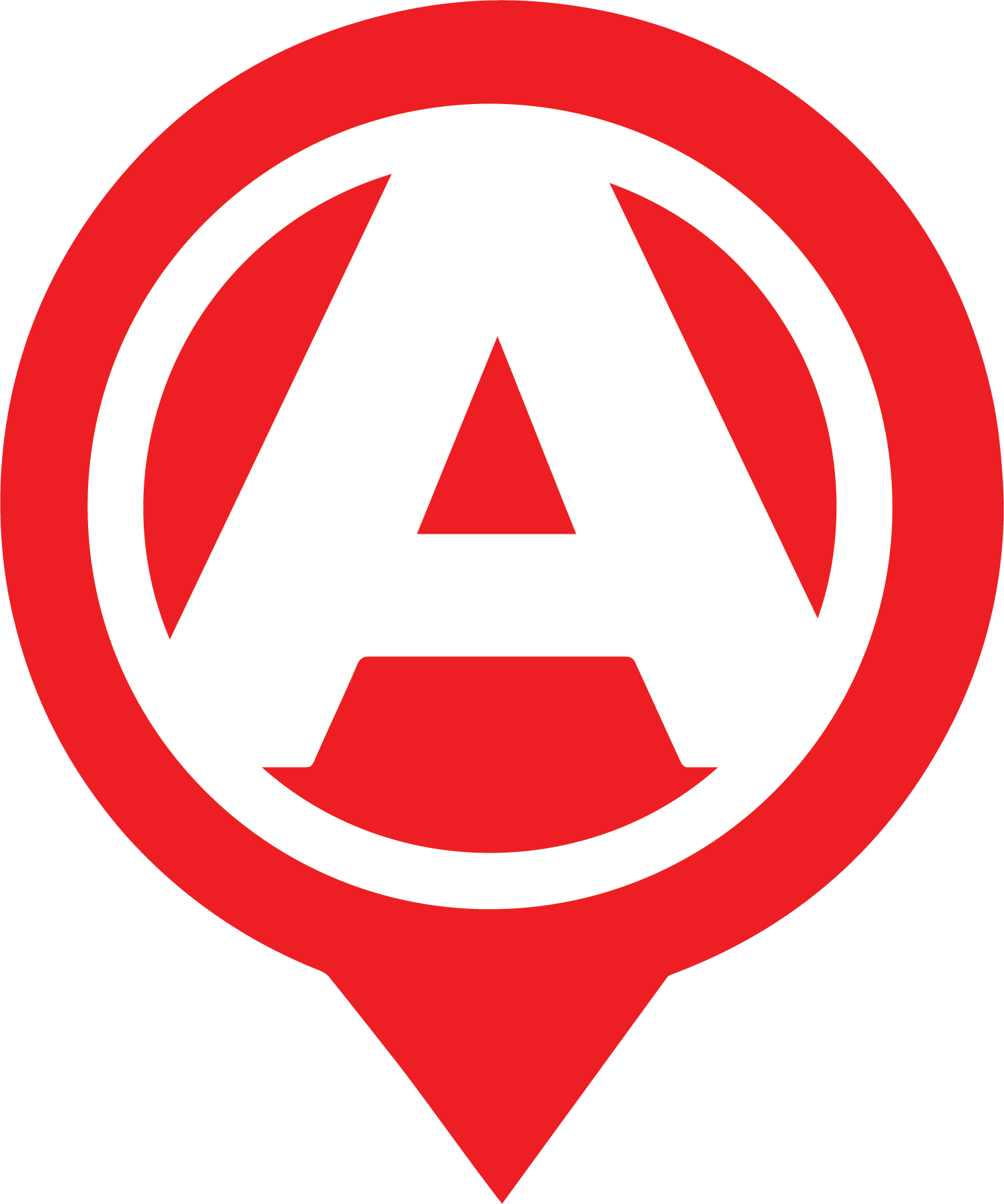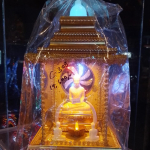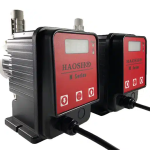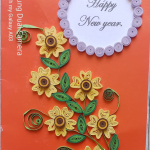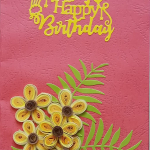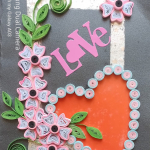Sri Lanka has an area of 25,332 square miles and the terrain consists of coastal plains, with hills and mountains in the south central area. Population stands at 16.8 million with a growth rate of 1.6% and ethnic groups include Sinhalese 74%, Tamils 18%, Muslims 7%, and other 1%. The religions are Buddhism, Hinduism, Islam, and Christianity. Languages include Sinhala, Tamil and English, and the literacy rate is 87%. 68.9 years is the average life expectancy and the infant mortality rate is 31/1000. The government is a republic with a president, parliament and a court system. The gross national product is $7.2 billion with a 2.7% growth rate and an inflation rate of 14%. Natural resources include limestone, graphite, mineral sands, gems, and phosphate. Agricultural products include tea, rubber, coconuts, rice, and spices. Industry consists of textiles and garments, chemicals and petroleum products, food processing, wood and wood products, basic metal products, paper and paper products. The British ejected the Dutch in 1796 and set up the crown colony of Ceylon. In 1931 the colony was allowed limited self rule, and in 1948 it became independent. It is a less developed country with a annual average per capita income of $430. In 1977 the government undertook reforms and eliminated price and foreign exchange controls, reduced consumer subsidies and promoted private sector development. The results showed a more than 5% growth rate during the decade and tourism and foreign investment increased. Recently the growth has slowed partly because of a communal conflict, a trade imbalance and serious structural imbalances.
menu
menu
Menu
